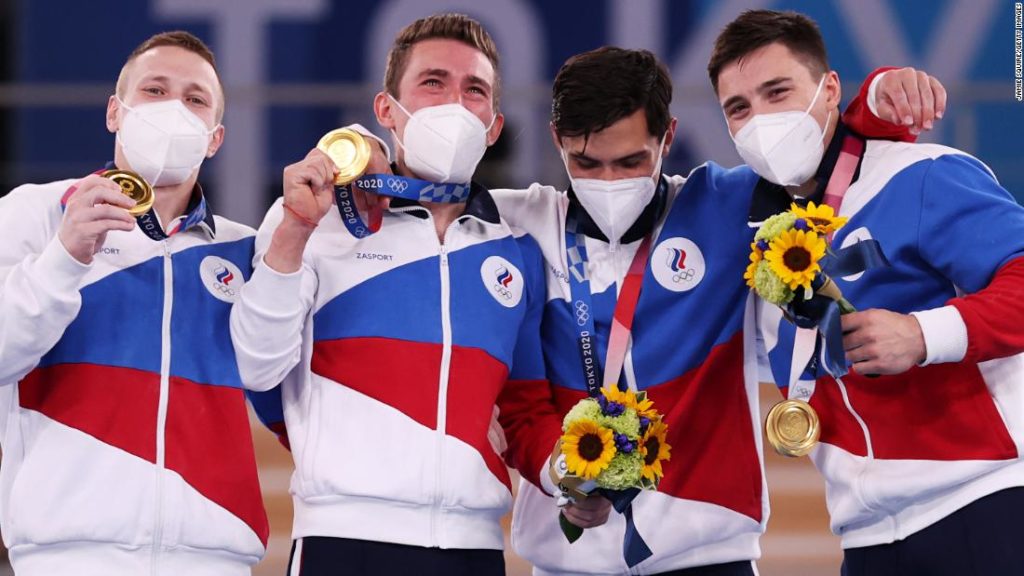It stands for the Russian Olympic Committee, and it’s essentially a loophole that allows Russian athletes to compete in the Olympics while their country is banned from the Games because of its doping scandal.
There are some specific rules the ROC has to follow to make clear it is not representing the country of Russia.
Competing as neutral athletes
Under the ban, Russian athletes can still play as neutral athletes — which means they do not technically represent a specific country — if they can prove they had no link to the doping scandal.
The team still bears the country’s colors of white, blue and red, and features athletes who have represented Russia in previous Olympics.
But instead of Russia’s flag, the team’s flag features its colors in an Olympic flame placed above the five Olympic rings. If an athlete wins the gold, Pyotr Tchaikovsky’s “Piano Concerto No. 1” will be played instead of the Russian national anthem.
More than 100 Russian athletes were banned from the 2016 Rio Olympics, which came shortly after the report on state-sponsored doping.
CNN’s Ben Church, Ben Morse, Martijn Edelman, George Ramsay and Zachary B. Wolf contributed to this report.
You may also like
-
Super League: UEFA forced to drop disciplinary proceedings against remaining clubs
-
Simone Biles says she ‘should have quit way before Tokyo’
-
Kyrie Irving: NBA star the latest to withhold vaccination status
-
Roger Hunt: English football mourns death of Liverpool striker and World Cup winner
-
‘Every single time I lift the bar, I’m just lifting my country up’: Shiva Karout’s quest for powerlifting glory

